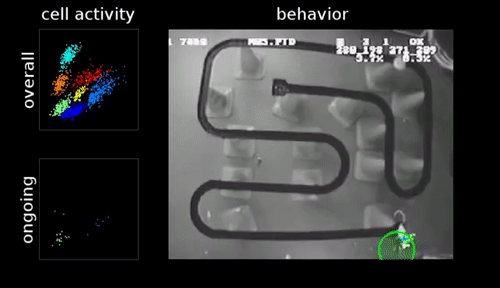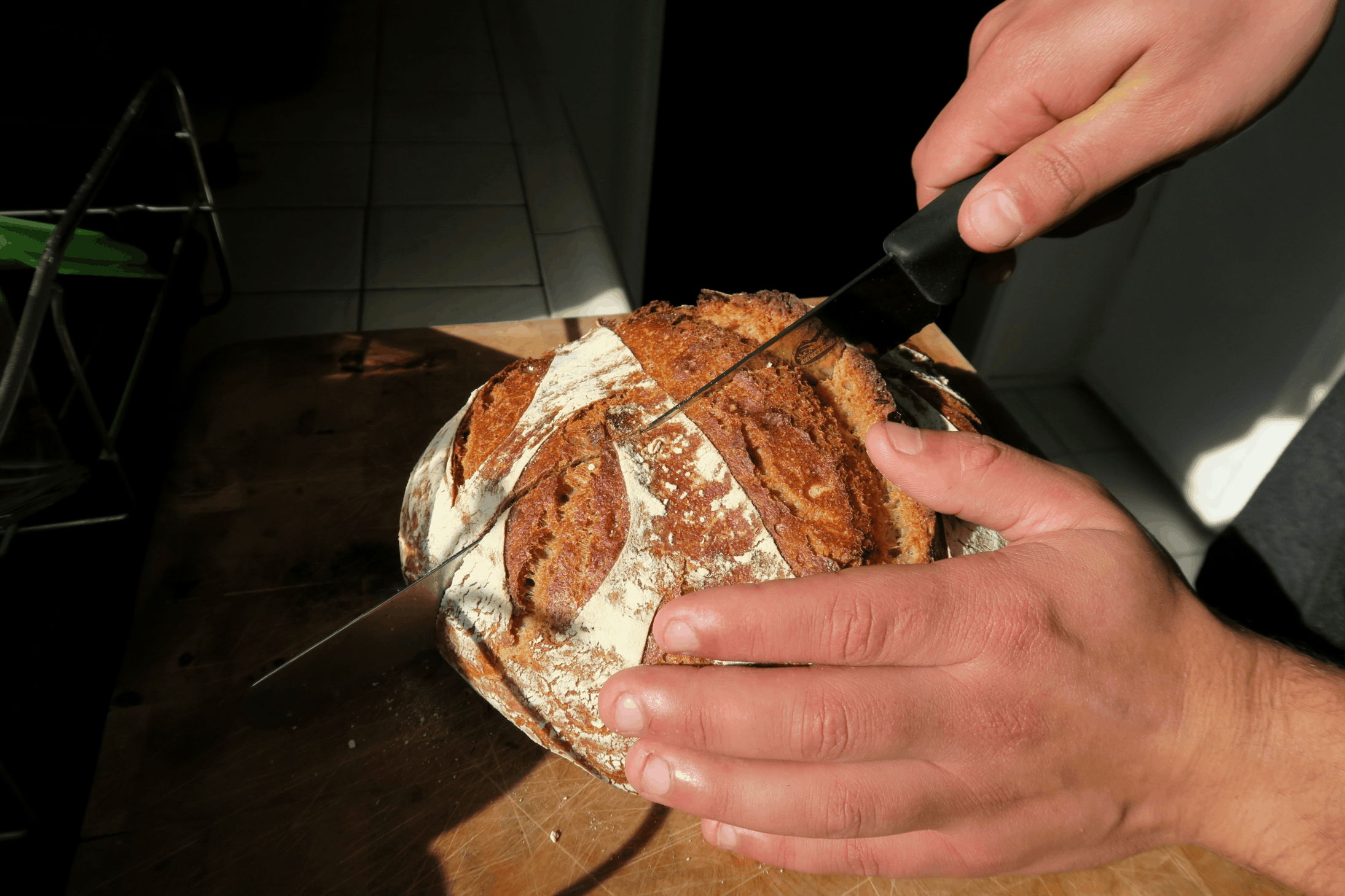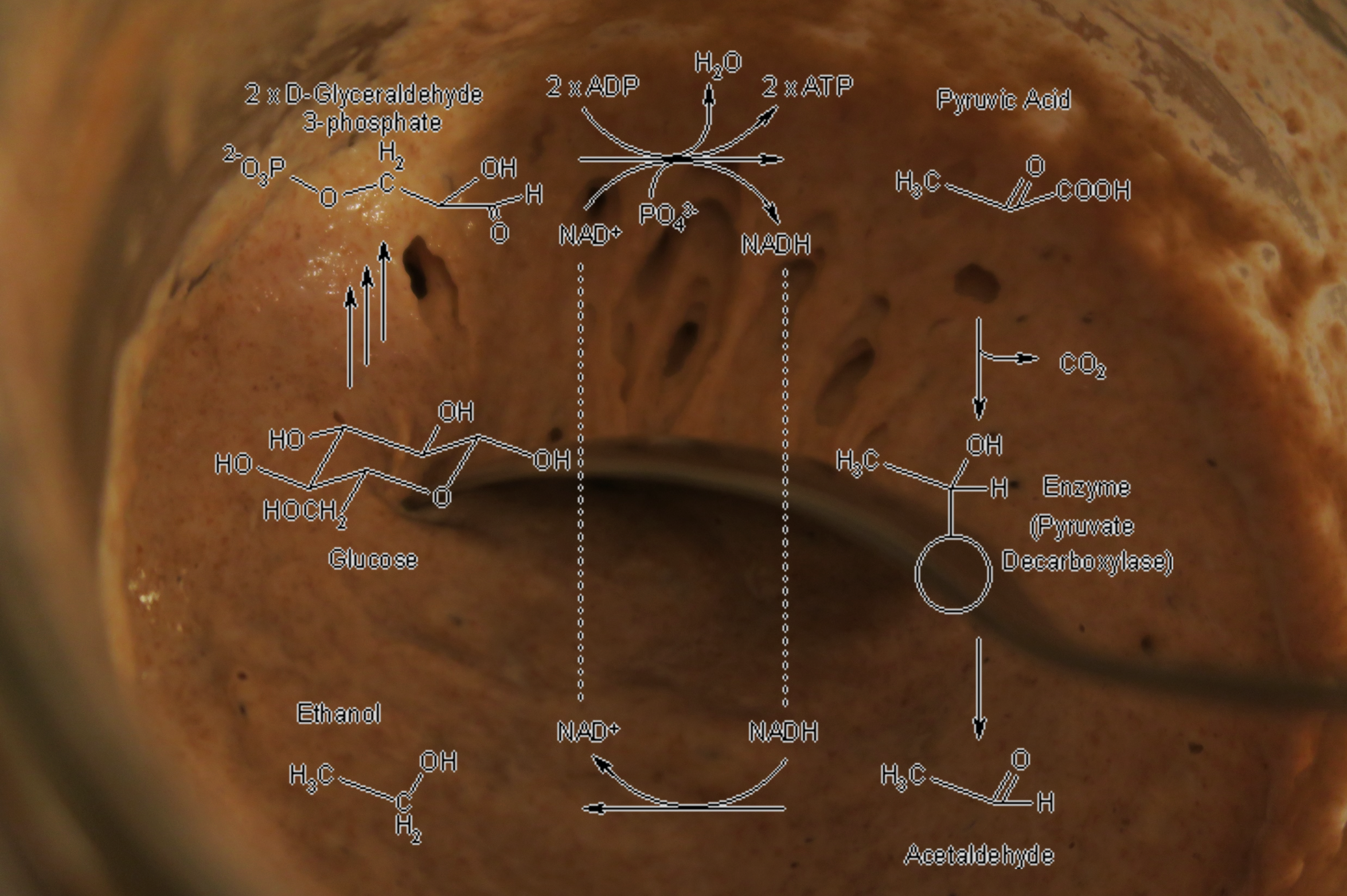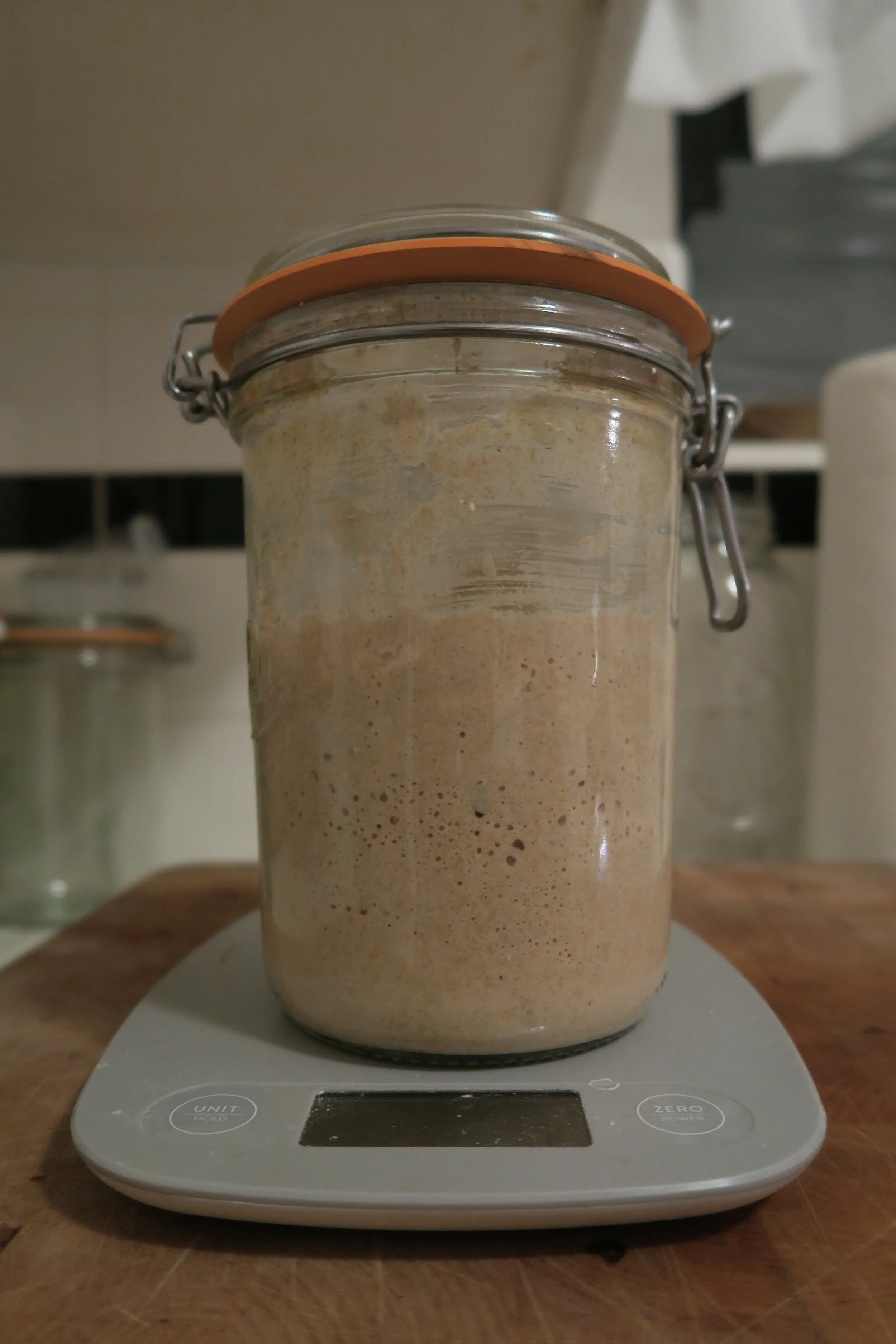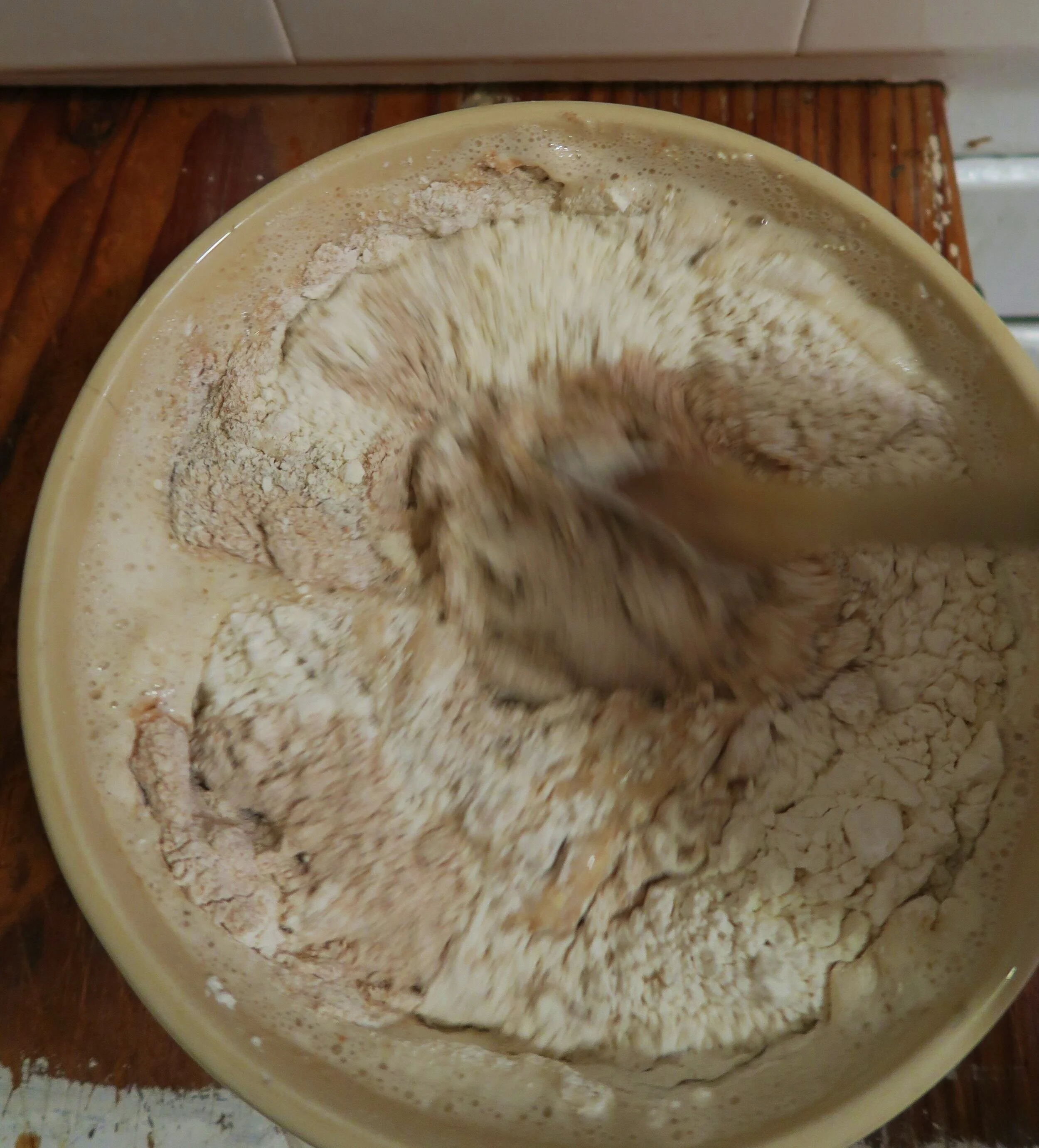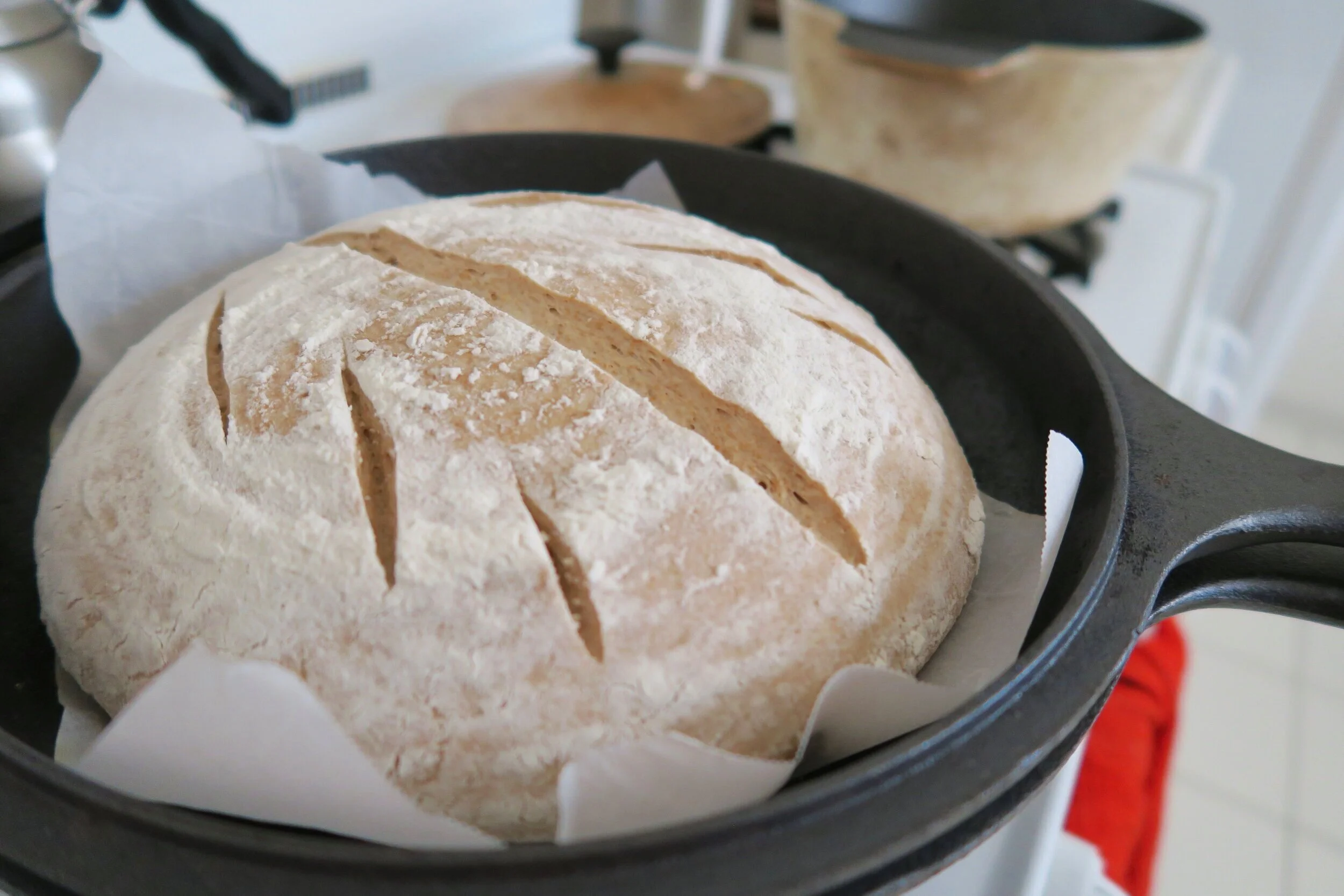2025 - 04 - 23
I turned 33 years old 5 days ago, which would generally mean that I’m old, and through conventional thinking mean I am thus largely out of touch with the world around me. As someone who constantly seeks deeper understanding, be it in laws of nature, or the mechanisms by which electricity and magnetism dance across your screen to bring you these words; I’m fascinated by the forces that drive cultural innovation. Especially in those that seem to resonate with people that have had a significantly different life experience than mine. Ever-shifting trends in artistic expression, writing, thought, music, and communication define a sort of dynamic topology, on top of which society moves. Where you are on that landscape, I believe, are your initial conditions that reflect your capacity to relate to others, each of whom is on their own unique position on the cultural terrain. Being 33 does not mean I need to have my head in the sand.
Charli XCX is an important pop culture icon with an impressive discography that dates all the way back to 2008 when she posted her songs on Myspace. Meaning she is also old (although I am 102 days older than Charli). Despite this, her real rise to the frontal cortex of the American media consciousness happened in 2024, with the arrival of the smash hit album “Brat.” The album is laced, front-to-back with an unrelenting youthful energy that almost naturally led to widespread adoption. These songs became the basis functions of the summer season, and thus the development of the “Brat Summer” of 2024 arose, which slowly (but with a large phase delay) made its way to me. I, being curious to a fault, needed to understand what this was about and where the allure was found. So in the fall, just as the leaves were turning red, and Brat summer was fading, gave the album a listen.
Marcus Aurelius is widely accepted as one of the most impactful Stoic Philosophers of Ancient Rome. His writings in “Meditations” (which is a collection of essays written throughout his life, never intended for publication) are deeply introspective, centered on human existence, and relatable. Marcus toils with the repetitive and cyclic nature of generations of mankind, places his life into a meaningful and insignificant perspective among the cosmos, and seeks connection to nature and the universe around him for the time he is alive. Despite his militaristic status, the man behind the words of “Meditations” clearly longed to do good by all of humanity and to live a life of virtue and peace. Stay with me here.
As a fan of electronic music, listening to Charli XCX did not feel like a large departure from the sorts of sounds I’m accustomed to hearing. What I wasn’t anticipating though, was the strength of the influence of Charli’s vocals and lyrics. She is front-and-center with juxtaposed themes of self-love, acceptance, being okay with her messy and chaotic nature steeped in deep vulnerability. On one end, Charli knows she’s hot and puts that energy forward so unapologetically that it somehow captures you and brings you along in a way that you can’t help but also feel hot. The opening 4 bars off “Von dutch” say it all:
It's okay to just admit that you're jealous of me
Yeah, I heard you talk about me, that's the word on the street
You're obsessin', just confess it, put your hands up
It's obvious, I'm your number one
When I hear this, I can’t help but feel empowered and positive. Critically, “Brat” repeatedly reflects on personal imperfections, uncertainty, and a sense of general sloppiness in a way that can’t help but feel relatable. “Girl, so confusing” is a blindingly clear self-report on the challenges of navigating life, love, and calling into question your own nature. I can’t help but see many parallels to “Meditations” through Charli’s work.
At some point I will write more about this, but until then, perhaps reflect a bit.




